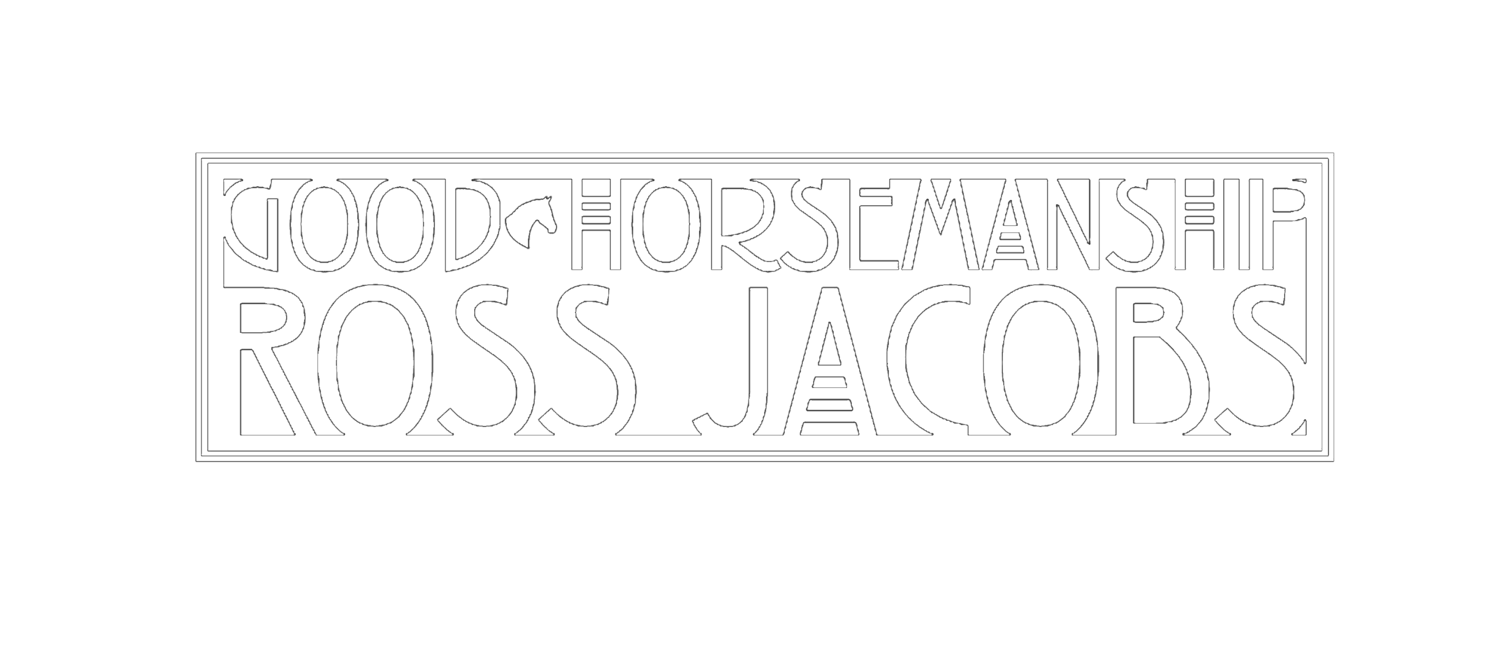When I was a kid and working at a riding school owned by dressage trainers it was a golden rule not to rein back a horse until it was well established in all the forward paces and shoulder in. This was such an entrenched rule that it was never discussed or explained. To question it or to ask why would be like questioning the assertion that water is wet. Apparently, the reasons for not asking young horses to back up were so obvious that such a question would declare to the world you have the lowest I.Q. in history.
In my reading and travels, I come across people who still believe that backing a horse up before all the other fundamentals are part of a horse’s DNA borders on criminal. It’s a weird thing. If you ask people why they believe that you get answers like “It hinders the ability to go forward” or “It encourages a horse to lean on the bit” or “When a horse is young and goes back it drags its feet and hollows its back which creates bad habits when you want to a correct rein back later on”. In my opinion, those are all answers given by people who focus on the physical rather than the mental aspects of training.
How is backing a horse not part of the fundamental basics of any horse’s education? How is asking a horse to softly step back not as much a part of the basics as asking it to softly step forward?
I could go on and on about the physical benefits of teaching rein back to young horses and how it is part of the progression into softness in the more advanced work. But this essay is not meant to be about that. I want to talk about backing up as a training tool for a horse’s mental and emotional development.
The ability to back up a horse, whether on the ground or in the saddle, is one of the most powerful training tools available to people. Firstly, there is the practical side of teaching a horse to back up such as through a gate or out of a wash bay or horse trailer. Then secondly there are the psychological advantages, which is what I want to focus on today.
The real power of the backup in the early training of a horse is as a way to interrupt a thought or idea. It is not often that a horse chooses to back up of its own volition. When a horse thinks to move its feet it is almost always forward, even if it is to the side and forward. Rarely does a horse think to move backward, except perhaps when wanting to come out of a horse trailer or fleeing from something in front of it without being able to turn around (eg racing barrier or scary jump). So for most practical purposes backing up is not a horse’s natural first choice. This is just as true for a well-educated and experienced horse as it is for a green horse.
Knowing this fact, allows us to utilize rein back to interrupt a horse’s thoughts in an extraordinarily powerful way. It is common practice these days to laud the use of the one-rein stop or hindquarters disengagement to interrupt a horse’s unwanted ideas in an emergency. Fair enough. But rein back does something similar with having to wait for the emergency. It can be used in both a subtle and extreme way to interrupt anything, from small wayward thoughts a horse may have to life-threatening situations.
When a horse is mentally disconnecting because its thoughts are elsewhere, backing up is not even on their radar. By picking up those reins and asking for the feet to flow backward until there is a change of thought we can re-establish a mental connection.
When used correctly, the ability to back a horse up is a formidable tool in resetting a horse's thoughts and emotions. A horse that is distracted by other ideas (such as separation anxiety) often mentally disconnects from the rider and it becomes a battle to get the focus back. Backing up helps reset the mental disconnection because it acts to draw a horse’s attention back to the rider.
It allows us to re-establish lost focus in such a way that a horse’s thoughts become available once again so that we can re-direct them to follow our feel. It is part of implanting strong and more consistent communication into our relationship with a horse. It should be part of a horse’s basic education. I begin teaching a horse to back from the ground on the first day of training and proceed to teach it on the first ride of a horse I am starting. That’s how important I consider teaching a horse to back up to be.
Kim riding her newly started filly Sparkles. Kim takes enough rein contact to get Sparkles to think about shifting her weight back and prepare to take a step. Well on the way to be able to rein back softly.

